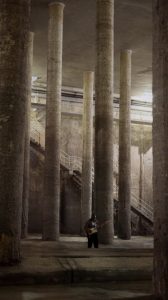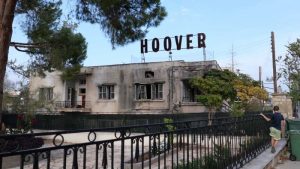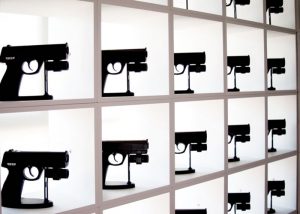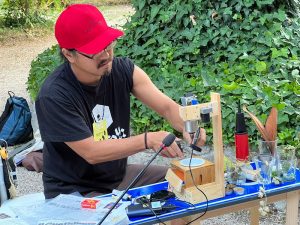Inspired by the fact that mobile phone users are to be tracked to within 50 meters, as a result of the Federal Communications Commission’s E911 mandate (allowing authorities to locate the position of mobile phones that make emergency calls), Derek Lomas plans to develop Transparent City, a city modeled in 3D using only the positions of small orbs, representing individual mobile phones.
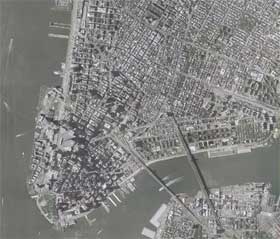
The functional forms of a city modeled entirely by human motion will emerge from the overall behavior of the data-points. Streets and highways will be identified through the collective action of orbs flying by at 50 miles an hour. Organic skyscrapers will be built by the thousands of stacked orbs, mostly motionless at their desks– while some orbs show the subtle motions of humans walking through an office, or traveling up and down elevators. By speeding up the rate of time, one will observe these human towers rise and fall with the beginning and end of the work day.
I found that the concept was already extremely compelling. But it gets better (or worse): Transparent City will seek to create an interface that allows for the integration of multiple databases of information. As an example, users of the “Transparent City” may be able to set the brightness of the orbs to be proportionate to personal income (darkening Harlem and illuminating the financial district). More disturbingly, users will be able to tap any on-going phone call in real-time. Furthermore, using tracked call-logs, users will be able to display the interconnected networks of callers, which represent the de-facto social network of a city.
With this project Lomas seeks to show the future of surveillance and raise public consciousness at a time when we can still determine our own fate as a society.
Another surveillance-related project by Lomas was the The Backpack Project. In 2002, he gave artists clear backpacks –mandated in many high schools in the post-Columbine era as a way to screen for weapons, drugs and other prohibited items– and let them fill them as they wished. His aim was to encourage artists to “explore the flip side of privacy: transparency” and “discover honesty and personal expression.”

